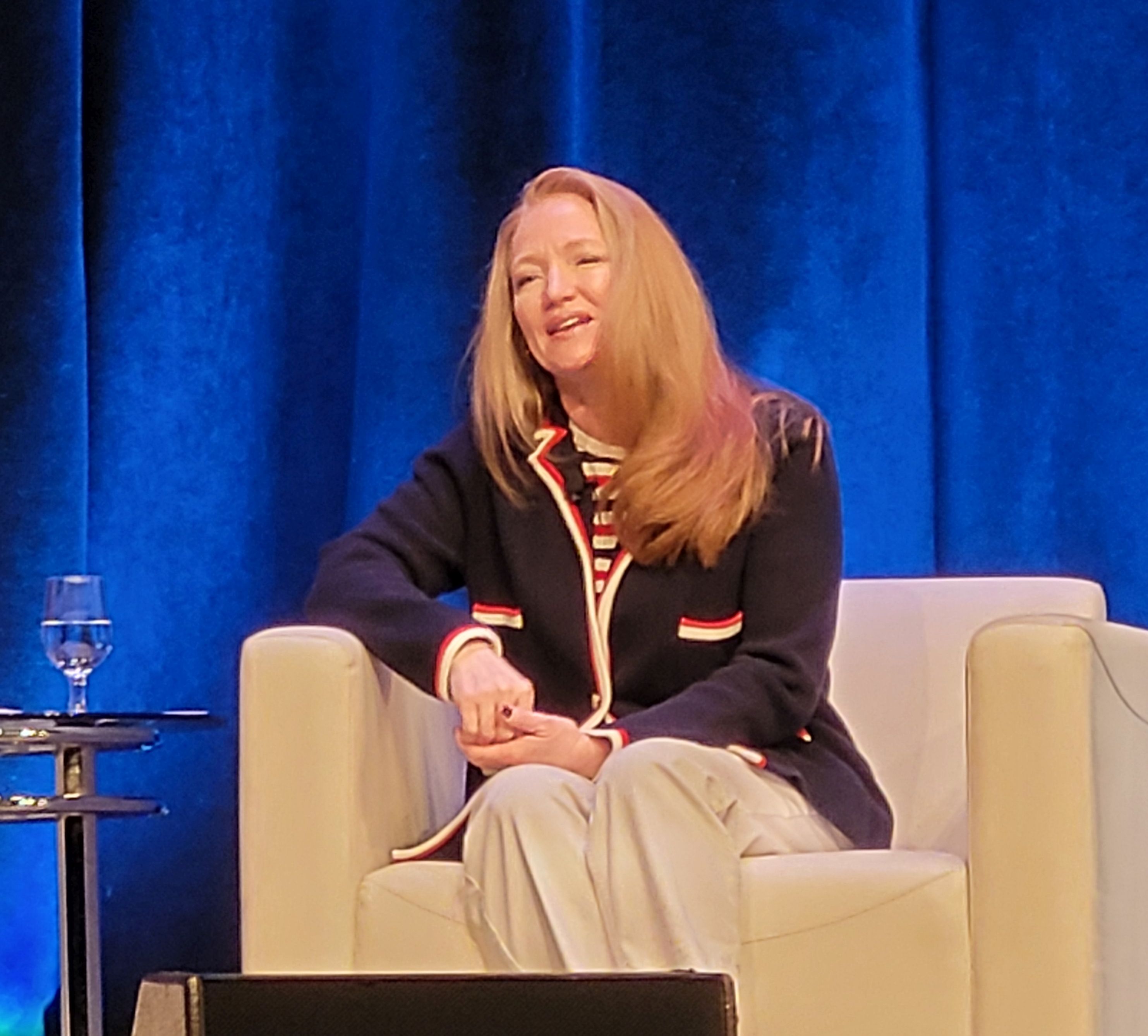Navigating Uncertainty in the Digitization of AEC
What are strategies for digitizing your AEC enterprise during peak times, and slow times? A conversation with Claire Rutkowski, senior VP and CIO for Bentley Systems
We’ve been talking to various AEC firms, large and small, about their approaches to digitization, during peak work times (that many are experiencing now around the globe) and down times. And about specter of a potential downturn in the near future. Responses vary:
“Going digital was what kept us competitive when work was scarce.”
“There’s more work than we can handle right now, and automation is the only way we’ve been able to keep up.”
“Times are tight, we can’t afford to invest in doing digital right now.”
“We’re super busy right now, we don’t have the time to change our operations.”
We related these comments to Claire Rutkowski and asked for her insights:
CR: One of the reasons that you’re seeing some firms, even in the face of a potential recession, who want to go digital; it could be because they’re doing it to drive more efficiency in the business. It could be because they want to be transformational, and they want to be ahead.
And the ones who are doing nothing for fear of a recession, may be thinking: “I’m battening down the hatches because I don’t know what’s going to happen.” But I think that’s a risk because the other companies are going to keep going digital anyway. And then you’re going to come out of the recession, and find yourself really, really behind.
One of the things that I think is really important for AEC firms is to thread that needle, even in the case of recession, of continued digital innovation. It’s focusing on how do we make things more efficient; how do we make things more effective?
GS: Often firms face limited time and resources; what are some practical steps firms can take to continue digital adoption?
CR: So, instead of buying a whole new design suite, which they probably wouldn’t do anyway, or introducing a whole new revenue stream with all of the overhead that goes into ramping up staffing and new skills and everything else, maybe instead you focus on component-based design. Or something that leverages tools that you already have. Maybe you try to do what you’re doing now better, to make things more efficient. That would free up investment to be innovative without having to have loads of extra cash. It’s because you have the same resources you had before, but you become much more efficient at how you use them.
GS: In talking to various firms, they report that their design and project management suites, collaboration platforms, etc., are underutilized.
CR: Amen, 100%. A first step is to figure out what you can leverage that you already own. And are there process changes I can make to make us more efficient and effective to better leverage the technology I already have? For instance, in a Bentley’s user scenario, maybe I own Components Center—am I using it for component-based design? Maybe not. Maybe we should implement a process that leverages a technology that we already have, and that costs $0. But it still helps you advance digitally.

Claire Rutkowski, speaking in the keynote panel “How Ready is AEC for Digitization?” – Geo Week, Devner CO, February 2023
GS: Focusing on process makes sense. As your fellow panelist in the Geo Week 2023 keynote, Steve Jones of Dodge Data and Analytics said: “Technology won’t fix a broken process.”
CR: That’s right. And then there are those other firms who very specifically want to take advantage of this time now, to leapfrog their competition that might be being a little more conservative. Right now, we’re at a very exciting time in the industry. The keynote you mentioned was titled “How Ready is the AEC Industry for Digitization”. However, we as a panel didn’t give a straight answer—I don’t think the answer is a complete yes. A lot of firms are already doing it, and most firms are doing it to some degree or another. The appetite is 100% there. I don’t think we are an industry of laggards anymore like McKinsey used to call us in that infamous report from years ago. It’s characterization is not true anymore.
GS: On a related note. We’ve talked to many firms that are earnestly trying to go digital, to use cloud collaboration tools, etc., yet they report that they struggle with say, putting large CAD designs or construction models in the cloud. They get jaded on digitization by experiencing lag time, disconnected references, spotty connections. However, I’d heard Keith Bentley talk about an alternate approach.
CR: Yes, the iModel approach means that you have a local copy of the model, that you can even work with disconnected, but when it does sync, is only having to sync the changes. You don’t end up with those problems of replicating the entire model. And that isn’t just a problem for the field. It’s also a problem for large design firms who have design centers in India and in the UK, and in the US, and they’re trying to “follow the sun”—24-hour modeling. It is a more practical approach, a federated approach, rather than one single model in the cloud.







